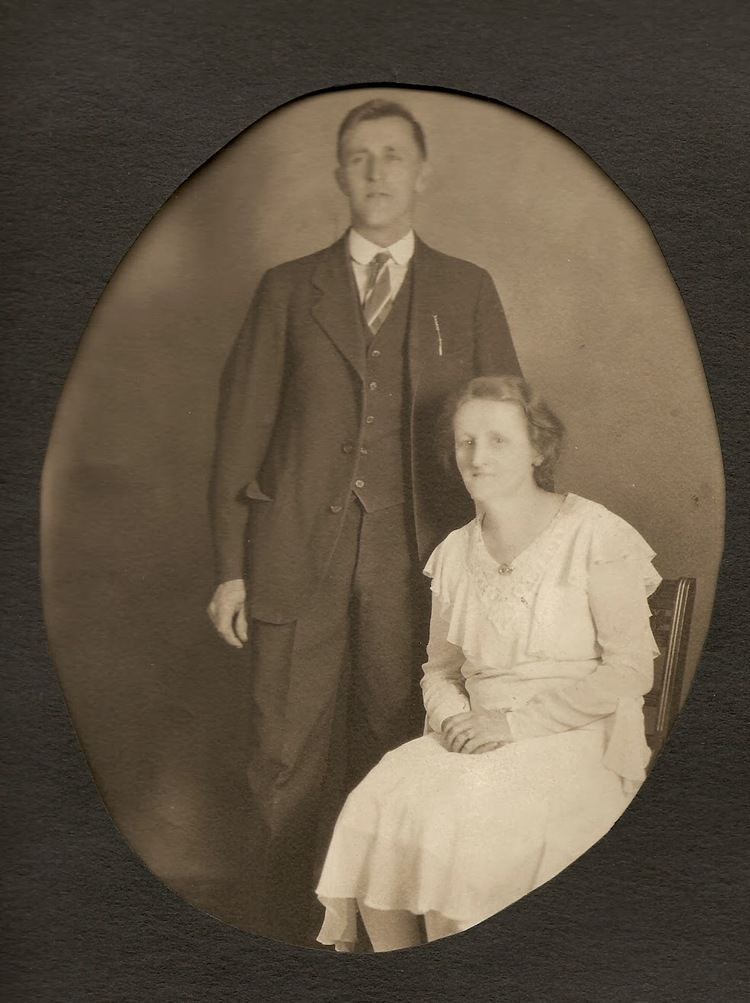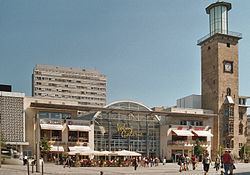Country | Population 187,447 (2012) Area 160.4 km2 | |
 | ||
Points of interest Osthaus-Museum Hagen, Hagen Open-air Museum, Volme | ||
District Urban districts of Germany Mayor Erik O. Schulz (independent) | ||
Map of Hagen
Hagen ( [ˈhaːɡn̩]) is the 41st-largest city in Germany. The municipality is located in the state of North Rhine-Westphalia. It is located on the south eastern edge of the Ruhr area, 15 km south of Dortmund, where the rivers Lenne and Volme (met by the river Ennepe) meet the river Ruhr. As of 31 December 2010, the population was 188,529. The city is home to the FernUniversität Hagen, which is the only state funded distance education university in Germany. Counting more than 67,000 students (March 2010), it is the largest university in Germany.
Contents
- Map of Hagen
- Hagen cousin cruise spring break 2015
- Edvald boasson hagen wint dutch food valley classic 2010
- History
- Economy
- Education
- Attractions
- Boroughs
- Demographics
- Lord mayors
- Traffic
- Sport
- International relations
- Personalities
- References

Hagen cousin cruise spring break 2015
Edvald boasson hagen wint dutch food valley classic 2010
History
Hagen was first mentioned c.1200, presumably the name of a farm at the junction of the Volme and the Ennepe. After the conquest of Burg Volmarstein in 1324, Hagen passed to the County of Mark. In 1614 it was awarded to the Margraviate of Brandenburg according to the Treaty of Xanten. In 1701 it became part of the Kingdom of Prussia.
After the defeat of Prussia in the Fourth Coalition, Hagen was incorporated into the Grand Duchy of Berg from 1807–13. In 1815 it became part of the new Prussian Province of Westphalia.
The growth of the city began in the 19th century with the mining of coal and the production of steel in the Ruhr Area. Hagen was the scene of fighting during the Ruhr Uprising, 13 March - 2 April 1920 and has a monument to the Ruhr Red Army.
In 1928, Hagen developed into a city of more than 100,000 inhabitants.
During World War II, Hagen was bombed repeatedly, by both the Royal Air Force and the Eighth Air Force. On the night of 1 October 1943, 243 Lancasters and 8 Mosquitoes from the Royal Air Force's Bomber Command attacked the city. According to the Bomber Command Campaign Diary, "This raid was a complete success achieved on a completely cloud-covered target of small size, with only a moderate bomber effort and at trifling cost." Hagen sustained severe damage from that raid, and hundreds of civilians were killed.
After World War II, the town became part of the new state of North Rhine-Westphalia.
Economy
Owing to the extensive use of water power along the rivers Ruhr, Lenne, Volme and Ennepe, metal processing played an important role in the region of Hagen in and even before the 15th century. In the 17th and 18th century, textile and steel industries as well as paper production followed.
Hagen is the home of the Suedwestfaelische Industrie- und Handelskammer, as well as Sparkasse Hagen, the local municipal savings bank. The bank's former headquarters, the Sparkasse Hagen tower, was a regional landmark until its demolition in 2004.
The city is heavily indebted and in the process of cutting city services in order to balance its budget.
Education
One of the five branches of South Westphalia University of Applied Sciences is located in the city (also: Fachhochschule Südwestfalen (FH SWF)) which offers various engineering programmes.The inception of this institution in the city dates back to 1824.
Attractions
Hagen is home to the LWL-Freilichtmuseum Hagen, or Hagen Westphalian Open-Air Museum, a collection of historic industrial facilities where trades such as printing, brewing, smithing, milling, and many others are represented not simply as static displays, but as living, working operations that visitors may in some cases even be invited to participate in. It is located near the Hagen community of Eilpe. The Historisches Centrum Hagen includes the city museum and Werdringen castle. In the Blätterhöhle cave in Hagen the oldest fossils of modern people in Westphalia and the Ruhr were found. Some date back to the early Mesolithic, 10,700 years B.C. It seems that the descendants of Mesolithic people in this area maintained a foraging lifestyle for more than 2000 years after the arrival of farming societies.
Boroughs
some localities of Hagen:
Demographics
The following table shows the largest foreign resident groups in the city of Hagen.
Lord mayors
Traffic
The Autobahnen A1, A45 and A46 touch Hagen.
Hagen has been an important rail junction for the southeastern Ruhr valley since the first rail line opened in 1848. The shunting yard of Hagen-Vorhalle is among Germany's largest, and the central station offers connections to the ICE network of Deutsche Bahn as well as to local and S-Bahn services. Since December 2005, Hagen has also been the starting point for a new service into Essen, operated by Abellio Deutschland.
Local traffic is handled by Hagener Straßenbahn (Hagen Tramways), which, despite its name, offers only bus services, as the last tramway route in Hagen was abandoned in May 1976. All local rail and bus services operate under the transport association VRR.
Sport
The German Basketball Federation (DBB) is based in Hagen
Sport clubs in Hagen:
International relations
Hagen is twinned with the following towns:
